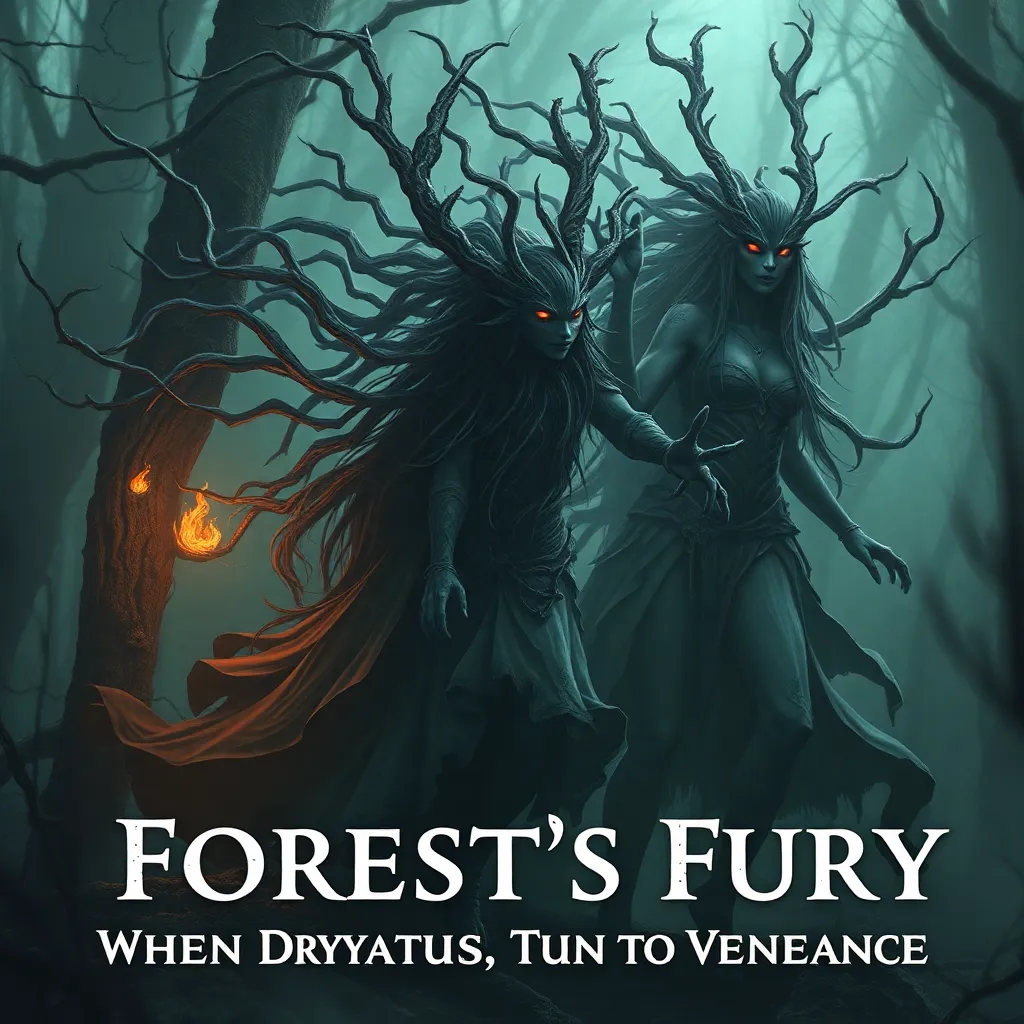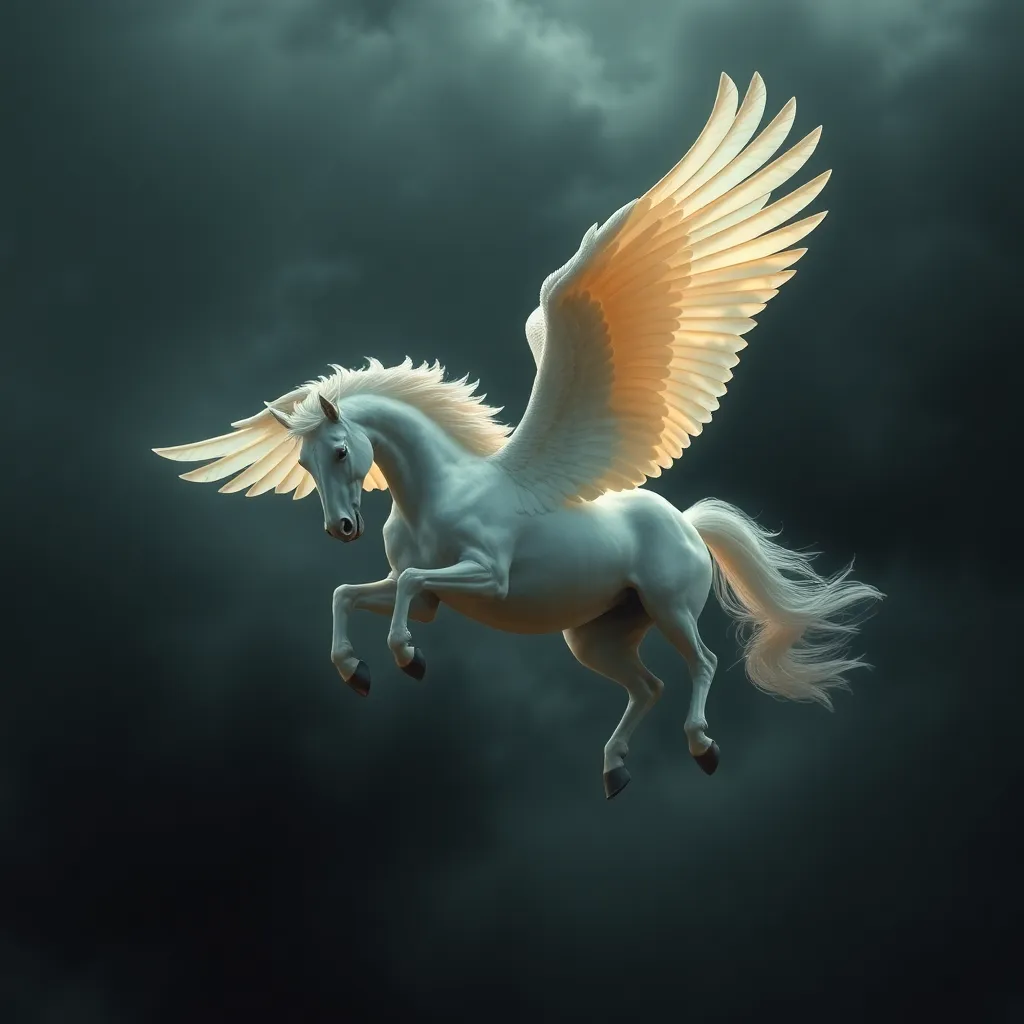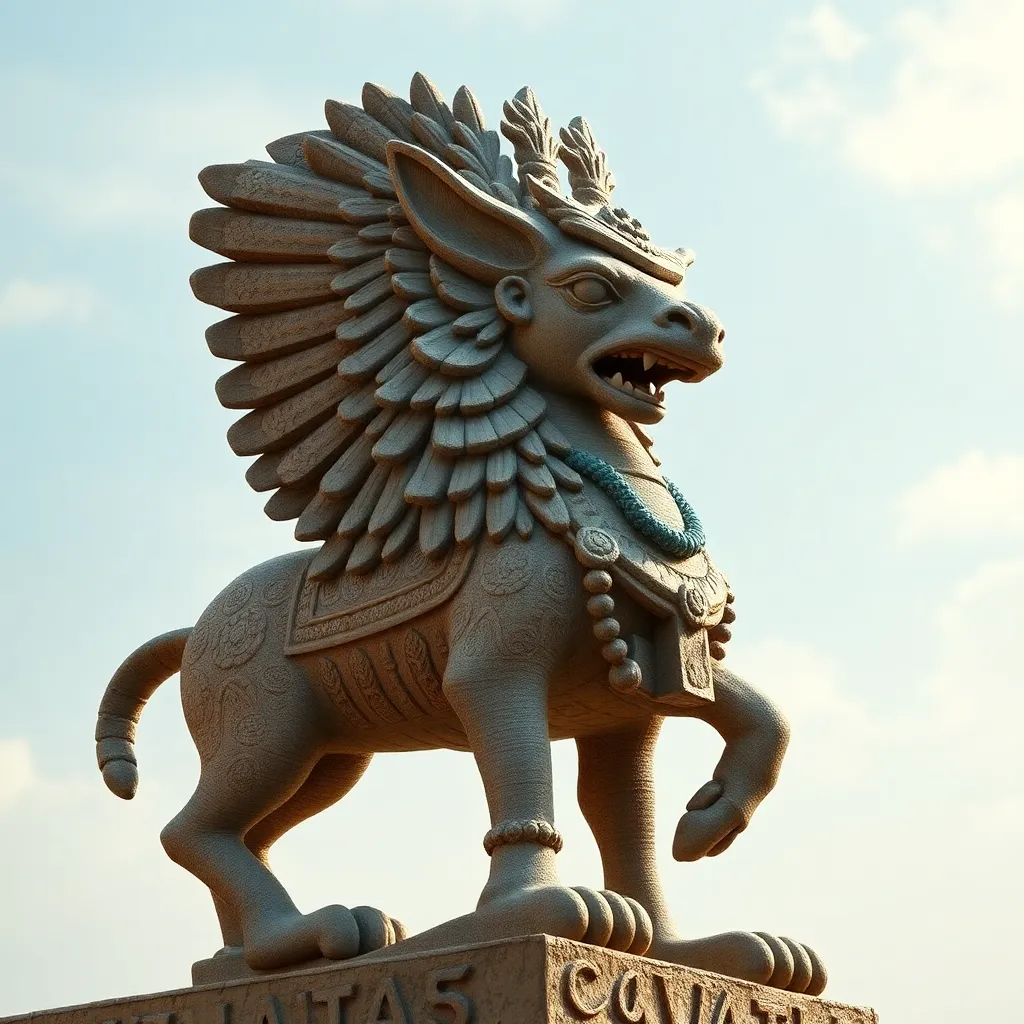The Forest’s Fury: When Dryads Turn to Vengeance
I. Introduction
In the rich tapestry of mythology, Dryads stand out as enchanting spirits closely tied to the trees they inhabit. These ethereal beings, often depicted as beautiful maidens, embody the essence of nature, serving as guardians of the forests. This article delves into a lesser-explored aspect of Dryad lore—their capacity for vengeance when provoked. Understanding this theme underscores the critical balance between humanity’s actions and the natural world.
II. The Nature of Dryads
Originating from ancient Greek mythology, Dryads are tree nymphs, specifically associated with oak trees, although they can also be linked to other types of trees. They are characterized by their deep connection to the forest, often believed to be born from the very trees they protect. Their existence highlights a symbiotic relationship: as long as the tree thrives, so too does the Dryad.
- Origins: Dryads are thought to have emerged from the earth, embodying the life force of their respective trees.
- Characteristics: They are depicted as beautiful women, usually with features that reflect the nature they embody—green hair, bark-like skin, and the ability to communicate with flora and fauna.
As protectors of the forest, Dryads are entrusted with maintaining the health of their ecosystems. They are often seen as the embodiment of the forest’s spirit, acting as both nurturers and avengers when their homes are threatened.
III. The Catalyst for Vengeance
While Dryads are typically seen as benevolent spirits, their wrath can be fierce and unrelenting when their environment is jeopardized. Several factors can catalyze this vengeance:
- Environmental destruction: Deforestation, pollution, and climate change directly impact the habitats of Dryads, leading to their anger and retribution.
- Human encroachment: Urban expansion and industrial activities often encroach upon sacred forest lands, provoking the ire of these guardians.
- Case studies: Historical events, such as significant deforestation projects or major environmental disasters, have led to tales of Dryad vengeance, serving as cautionary tales of nature’s fury.
IV. Signs of Dryad Wrath
The manifestation of Dryad anger can be both subtle and dramatic, often causing unexplained phenomena in forested areas. These signs serve as warnings to those who might disrespect the sanctity of nature:
- Unexplained phenomena: Sudden storms, strange animal behavior, and mysterious disappearances in the woods are often attributed to Dryad vengeance.
- Folklore: Numerous tales recount how humans have faced dire consequences for their actions against trees, such as being lost in the woods or encountering unexplainable dangers.
- Physical manifestations: Reports of intense storms, wildfires, or localized disasters have been linked to the anger of Dryads, serving as a reminder of their protective nature.
V. The Consequences of Provoking Dryads
Throughout history, various cultures have documented confrontations between humans and Dryads, highlighting the severe repercussions of such encounters:
- Historical accounts: From ancient texts to modern folklore, stories abound of individuals who faced the wrath of Dryads after harming their trees.
- Ecological repercussions: The destruction of Dryad habitats can lead to broader environmental issues, such as loss of biodiversity and disruption of natural ecosystems.
- Reflections of broader issues: The actions of Dryads often mirror the consequences of human exploitation of nature, urging society to reconsider its impact on the environment.
VI. The Balance of Coexistence
To prevent the wrath of Dryads and ensure a harmonious existence, it is vital to cultivate respect and understanding for the natural world. Here are some key aspects of fostering this balance:
- Respect for nature: Recognizing the importance of preserving forests and their ecosystems can help humans coexist peacefully with Dryads.
- Harmonious relationships: There are examples throughout history where humans and Dryads have worked together, such as sustainable forestry practices that honor the spirits of the forest.
- Lessons from lore: Stories of Dryad vengeance serve as reminders of the potential consequences of environmental negligence, urging a reconsideration of modern practices.
VII. The Role of Modern Culture
In contemporary media and literature, Dryads have been reimagined in various ways, influencing public perception of nature spirits:
- Representation: From fantasy novels to films, Dryads are often portrayed as mystical beings, emphasizing their connection to nature and their capacity for both benevolence and vengeance.
- Shift in perception: As environmental movements gain momentum, the understanding of Dryads as symbols of nature’s resilience and guardianship has evolved.
- Influence of movements: The increasing awareness of climate change and ecological destruction has brought Dryads into discussions about environmental stewardship and the importance of protecting natural habitats.
VIII. Conclusion
In summary, the lore of Dryads serves as a powerful reminder of the need to respect nature and its guardians. Their capacity for vengeance reflects the broader consequences of human actions on the environment. As we move forward, it is imperative to adopt sustainable practices and embrace environmental stewardship. The enduring legacy of Dryads teaches us that harmony with nature is not merely desirable but essential for our survival and the health of our planet.



